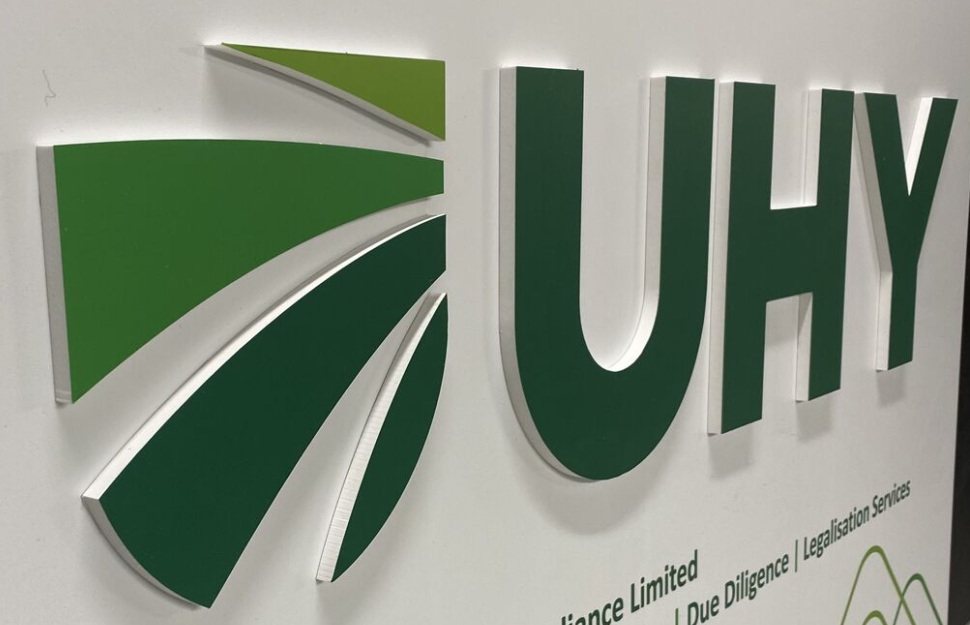While most of our firms have transitioned away from paper-based records, many of us still struggle to digitize the business processes in our firms. As I write this, we are in the late stages of conducting the 9th Annual CPA Firm Operations and Technology Survey, a groundbreaking survey of practitioners which I’ve worked on since 2013. The results this year show that technology, security, and processes are on the minds of the executives who participated this year, and that includes how your firm interacts with its clients.
When asked to identify the biggest technology challenge these practitioners face managing their practices in the next one to three years, our surveyed practitioners responded with their concerns about security and business processes, as shown in the table below.
| Rank | Challenge | % |
| 1 (tie) | Security | 21.9% |
| 1 (tie) | Workflow and efficiency | 21.9% |
| 3 | Getting your clients onboard working with the firm in a more digital way | 16.8% |
| 4 | Creating and implementing an effective technology strategy | 10.2% |
| 5-12 | Eight other answers (none above 6.7%) | 29.2% |
Source: Preliminary data from the 6th Annual Accounting Firm Operations and Technology Survey
As I analyze these results, it strikes me as important that over 60% of the respondents selected one of the top three answers (security, workflow and efficiency, and getting your clients onboard working with the firm in a digital way). The top three responses relate directly to the internal operating processes in a firm, which are very difficult to manage and make consistent throughout the organization, and are directly related to how a firm uses technology to standardize, automate, track, and report on the work.
If your firm’s processes look anything like what you did back when you kept your client documentation on paper, you have some work to do. The way accounting firms use technology in 2019 should be very different from how you did the same things in the 20th century; for client documentation, paper has given way to portals; signatures have gone digital; faxes and memos have mostly given way to encrypted e-mail; workflow tracking systems have replaced paper logs and routing slips; organizers have morphed into portals; and more frequent video meetings have replaced time-consuming face to face meetings for many routine interactions.
While you don’t have to change every one of your processes now, it’s important that you think first about how you interact with your clients, and how you use technology to automate the work process. Some of the tools in use by leading edge firms include the following:
- Workflow Management – These tools facilitate status tracking, follow up, and communication between the firm and its clients. Leaders in this segment have integrations into scheduling tools, business intelligence applications, and have tools programmers can use to create custom interfaces called “APIs”. Some of the more popular solutions in this segment include XCM Workflow, CCH Axcess Workstream, Thomson Reuters FirmFlow, Doc-IT DM, OfficeTools Workspace, Pascal Workflow, and Karbon.
- Automated Document Gathering – Apps in this segment will retrieve transactions, statements, and other data automatically from sources online. Examples include Hubdoc, Drake’s GruntWorx Gather, SurePrep TaxCaddy, Intuit Link, Receipt Bank Fetch, FileThis Fetch, AccountantsWorld’s integration with Entryless, and CCH Axcess My1040Data.
- Data Extraction – These tools recognize information in scanned and downloaded documents like receipts, invoices, and statements, and then convert this unstructured data into structured data so it can be analyzed and imported into other applications. Popular tools in this area include Receipt Bank, SurePrep 1040Scan, CCH ProSystem fx Scan, Concur, CCH Audit Accelerator, Expensify, and Zoho Expense.
- Portals – These tools provide a digital interface for your clients to use when they are interacting with your people and can track the status of schedules requested to be prepared by your clients (“the PBC lists”). Widely used solutions include Citrix ShareFile, Thomson Reuters NetClient CS, CCH Axcess Portal, Doc.IT Portal, Karbon, and XCM Portal.
If you’re not looking for ways to improve your processes and customer experiences every day, you’re sitting still or falling further behind. Digital transformation isn’t just something for Fortune 500 companies – it’s a goal for everyone. I hope you are experimenting with new and inventive ways to automate more and more of the data entry and other busy work your firm.
Thanks for reading CPA Practice Advisor!
Subscribe Already registered? Log In
Need more information? Read the FAQs
Tags: Firm Management, Technology





